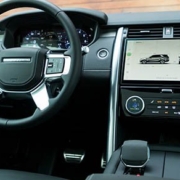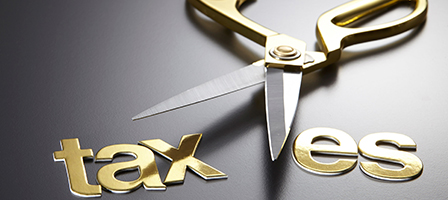HOME MODIFICATIONS FOR DISABILITIES
Article Highlights
- Improvements that increase the home value
- Improvement that do not increase the home value
- Medical AGI limitations
Generally, home improvements are not deductible except to offset home gain when the home is sold. But a medical expense deduction may be claimed when the home modification is a medical necessity. The modification expense is only deductible as a medical expense to the extent it exceeds any resulting increase in the value of the property.
For example, a doctor recommends that a taxpayer with severe arthritis have daily hydrotherapy. The taxpayer has a hot tub installed for a cost $21,000. A certified home appraiser determined the hot tub addition increased the home value by $20,000. The taxpayer’s medical deduction for installing the hot tub is only $1,000.
Not all improvements result in an increase in the home’s value. In fact, some improvements could actually decrease the resale value, such as lowering cabinets for an occupant confined to a wheelchair.
Certain improvements do not usually increase the value of the home and the cost can be included in full as medical expenses. These improvements include, but are not limited to, the following items:
- Constructing entrance or exit ramps for the home
- Widening doorways at entrances or exits to the home
- Widening or otherwise modifying hallways and interior doorways
- Installing railings, support bars, or other modifications
- Lowering or modifying kitchen cabinets and equipment
- Moving or modifying electrical outlets and fixtures
- Installing porch lifts and other forms of lifts but generally not elevators
- Modifying fire alarms, smoke detectors, and other warning systems
- Modifying stairways
- Adding handrails or grab bars anywhere (whether or not in bathrooms)
- Modifying hardware on doors
- Modifying areas in front of entrance and exit doorways
- Grading the ground to provide access to the residence. Only reasonable costs to accommodate a person in a disabled condition are considered medical care. Additional costs for personal motives, such as for architectural or aesthetic reasons, are not medical expenses.
However, medical expenses can be claimed only to the extent that they exceed 10% of the taxpayer’s adjusted gross income (AGI). The 10% is reduced to 7.5% for taxpayers if either spouse is age 65 or over.
Please call this office if you have questions related to this deduction and whether you will benefit, tax-wise, from any impairment-related home modifications.








Leave a Reply
Want to join the discussion?Feel free to contribute!